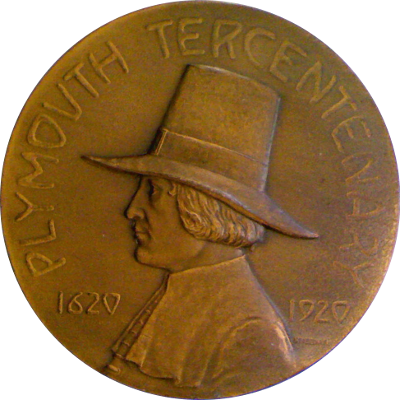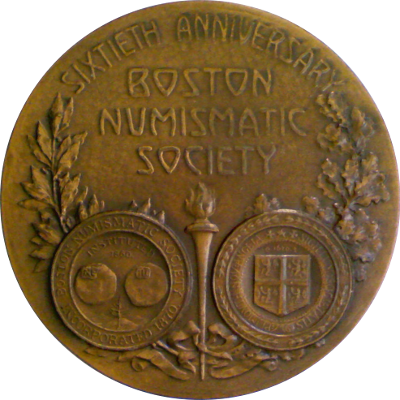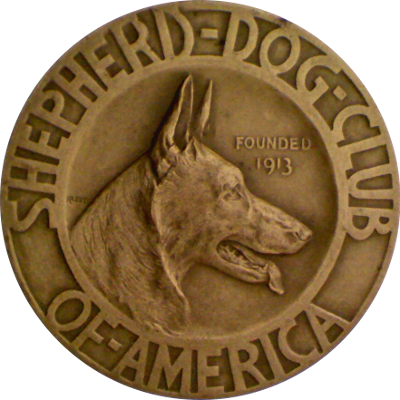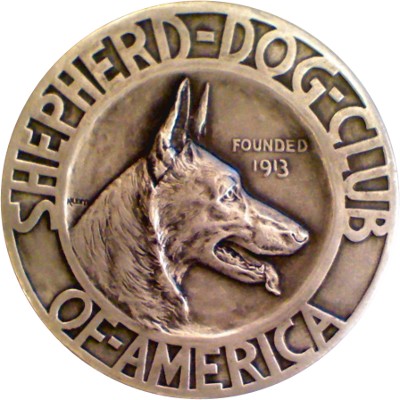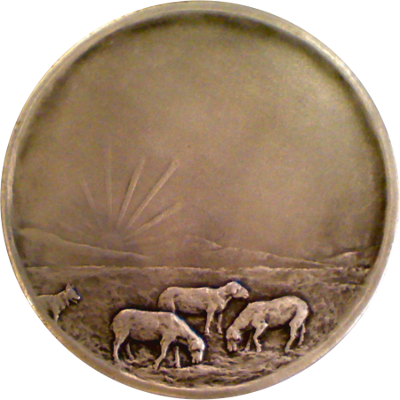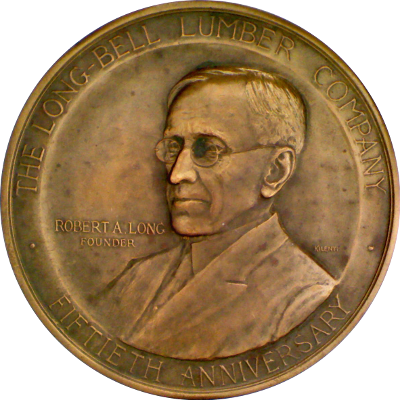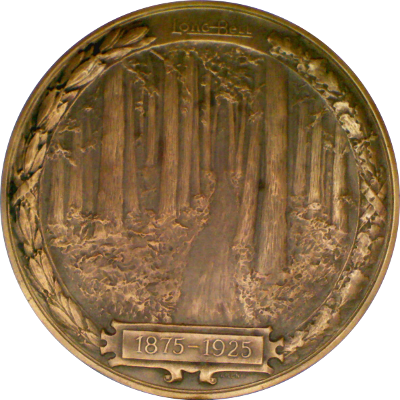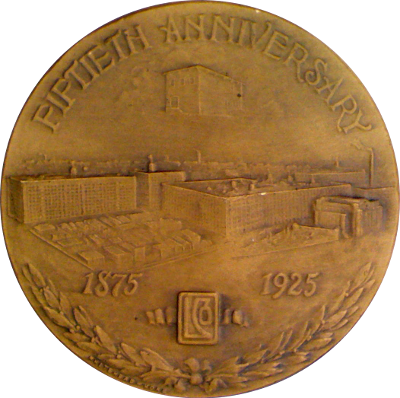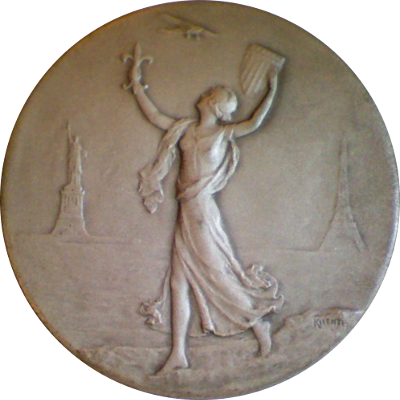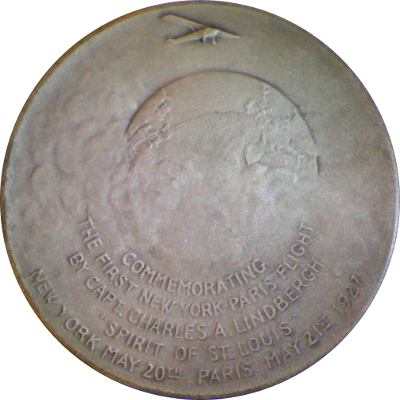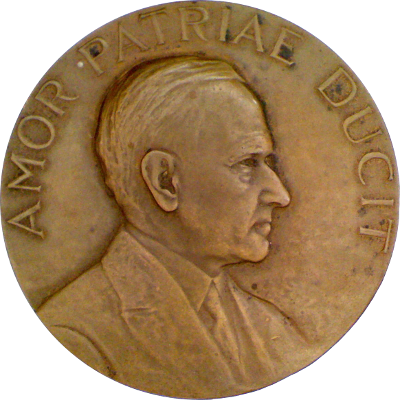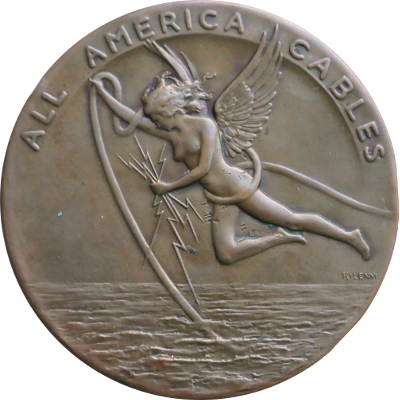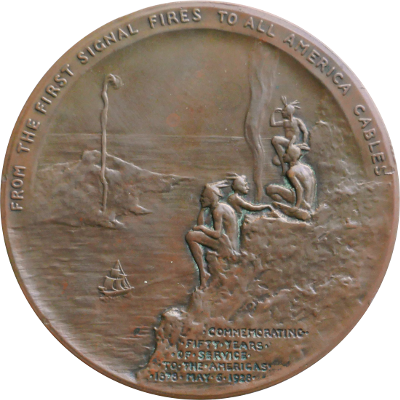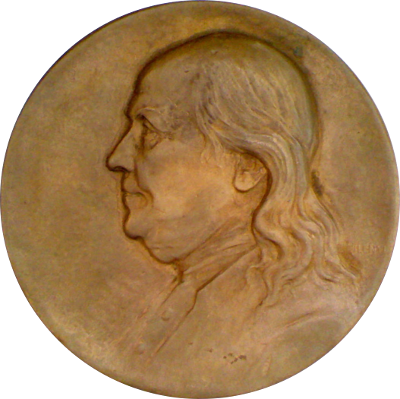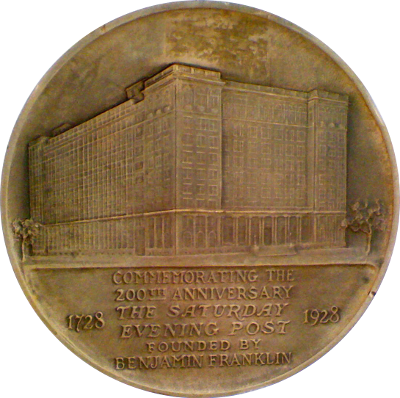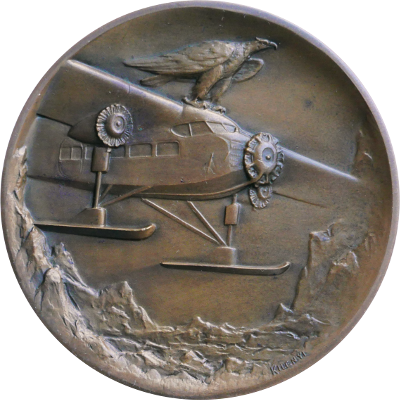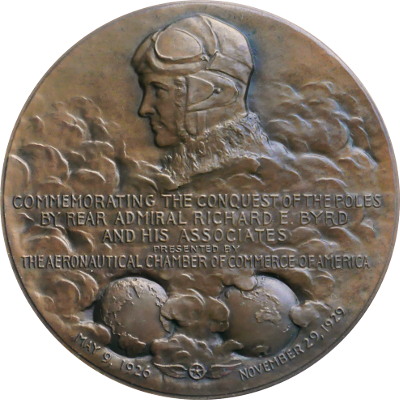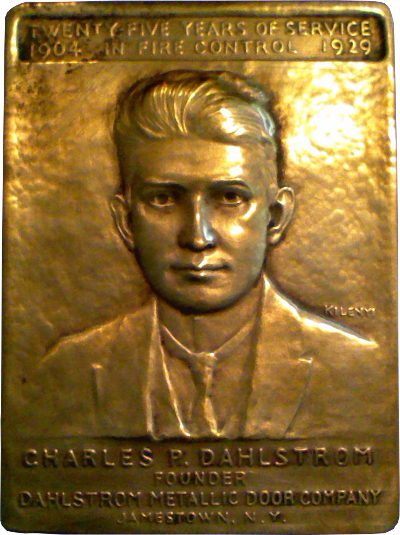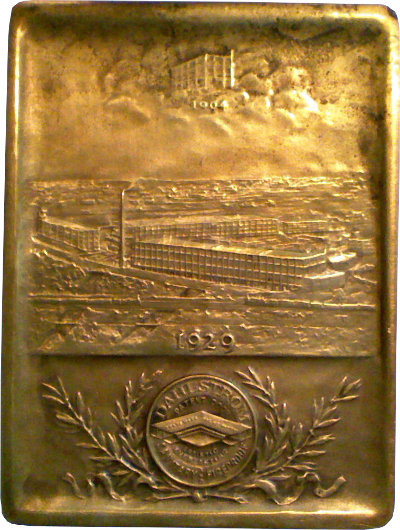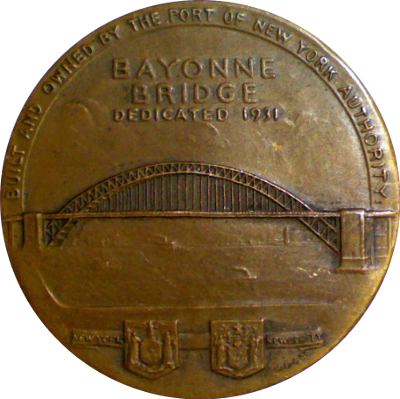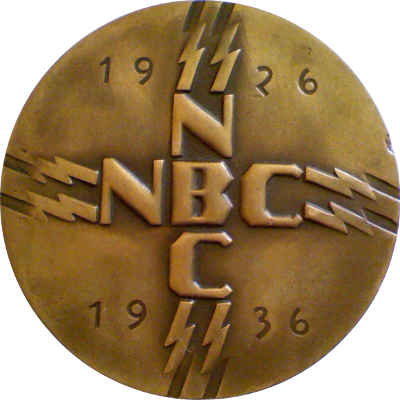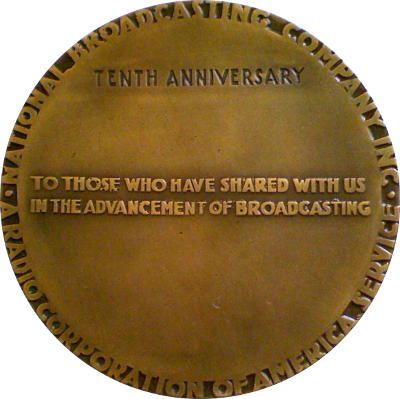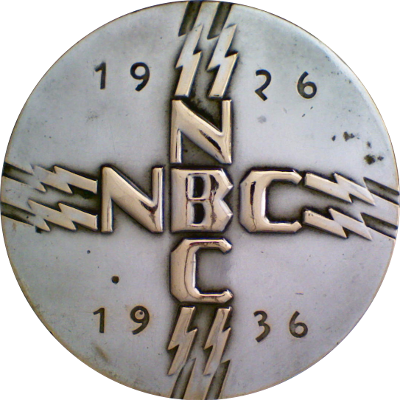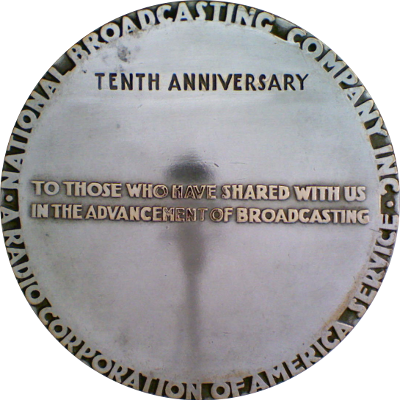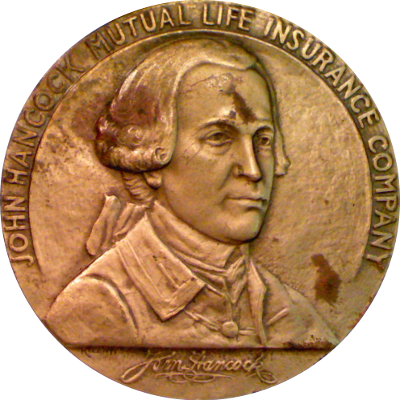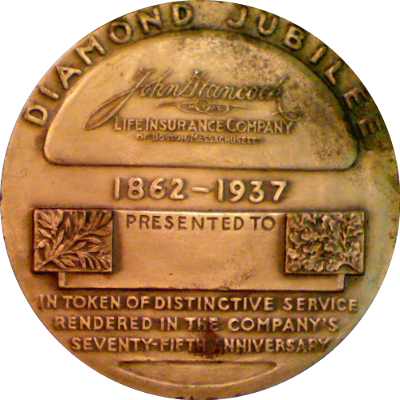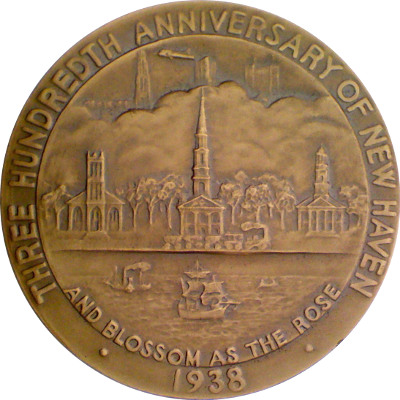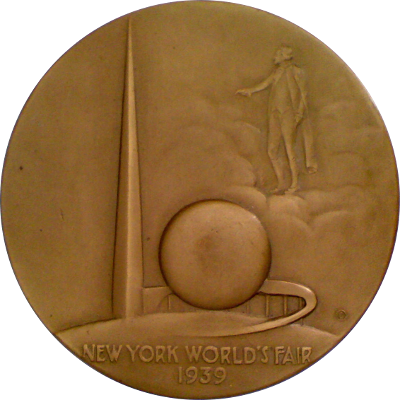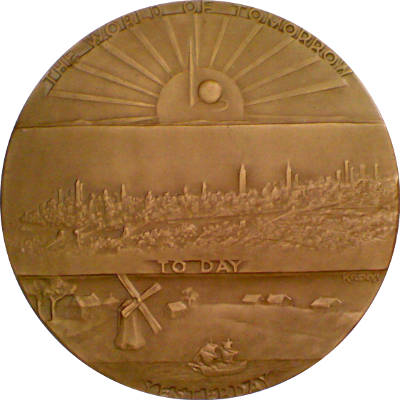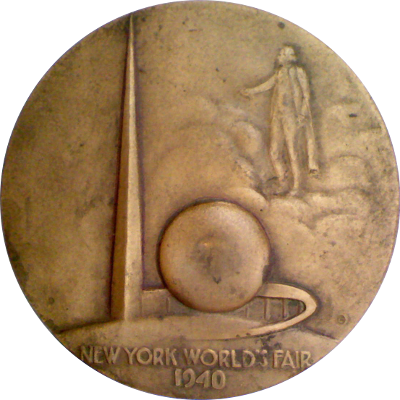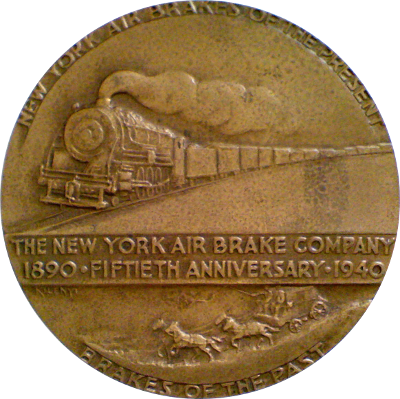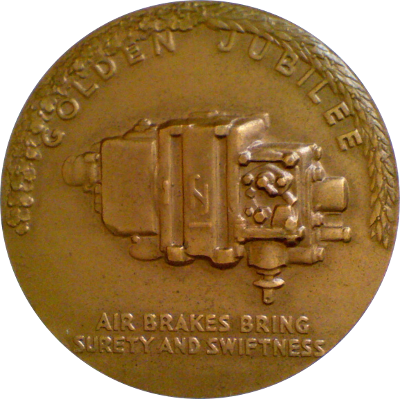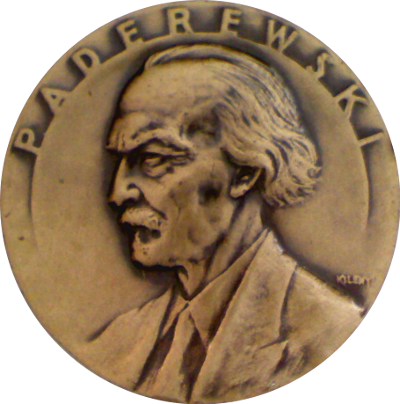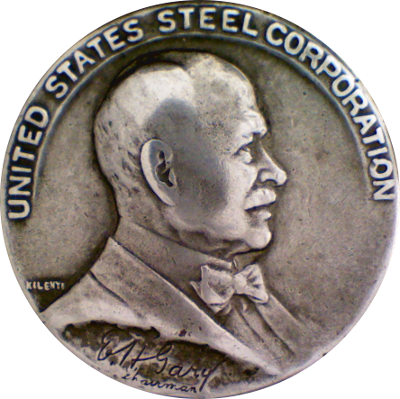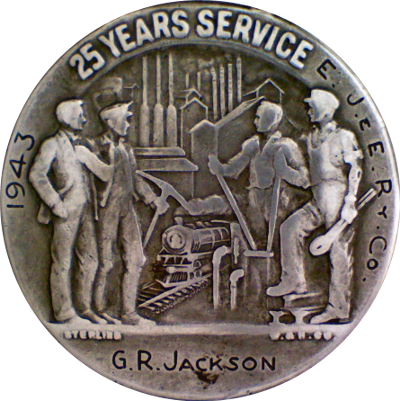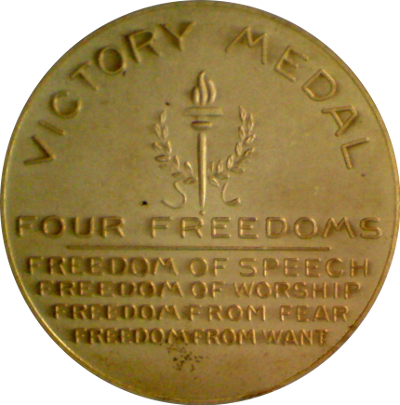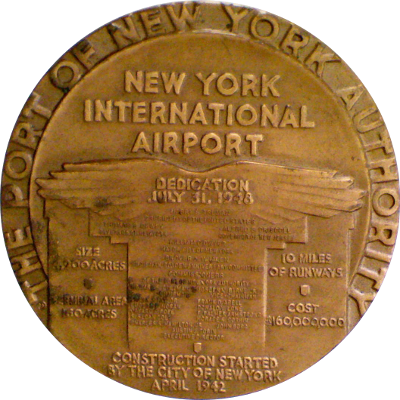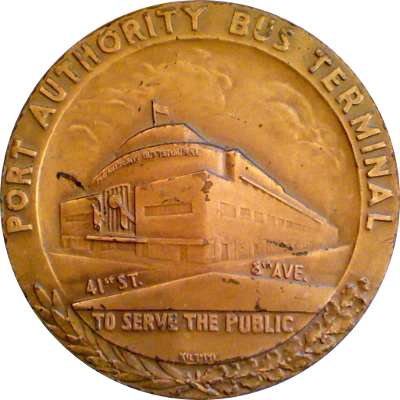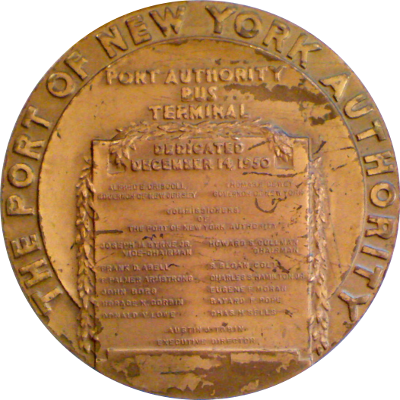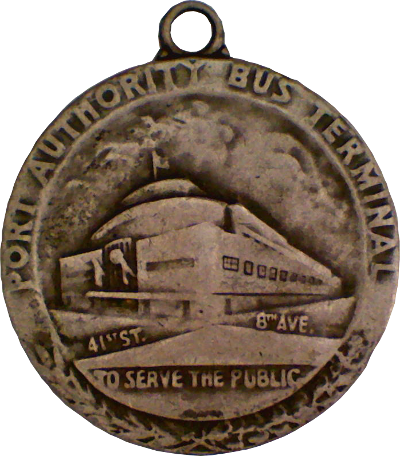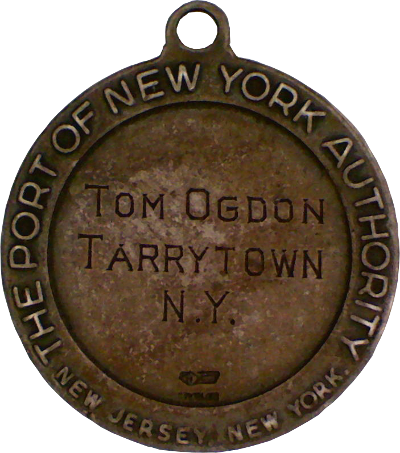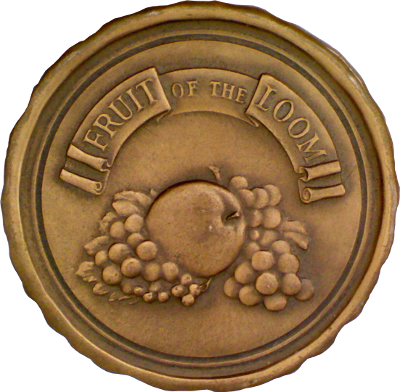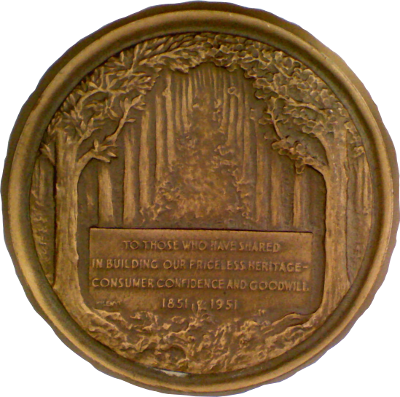Julio Kilenyi, whose original name is Kilényi Gyula, was born in the city of Arad on February 21, 1885. He was the son of a business man and studied art at the Royal Art School in Budapest. After attending art academies in Germany and France, Kilenyi emigrated to Argentina in 1907 and set up a studio in Buenos Aires.
In 1916, possibly at the urging if medal collector Julius de Lagerburg, he moved to New York City. He became a naturalized U.S. citizen in 1924.
Kilenyi was a very prolific medallic sculptor who designed and sculpted many commemorative medals for government and corporations. He was not afraid of doing commercial work, which caused him to be held in somewhat lower esteem than his talent deserved. He is one of the few famous American sculptors of the 1930s and 40s who were not invited to create a medal for the prestigious Society of Medalists, mostly because he was deemed "too commercial."
Among his many medallic works, some clearly stand out from the rest. His aviation medals celebrating the circumnavigation of the globe by Wiley Post and Harry Gatty, the polar expeditions of Admiral Byrd, and the famous transatlantic solo flight by Charles Lindbergh are of very high artistic merit. Medals for the Port Authority of New York and for the Olympic Games in Los Angeles also won wide acclaim.
Then there is the huge body of work he did for commercial enterprises that is simply too voluminous to list.
Kilenyi died in 1959, leaving behind a legacy of medallic works, the best of which do not need to fear comparison to the works of the great medalists.
Sourced from Wikipedia and the sites listed under Resources.

